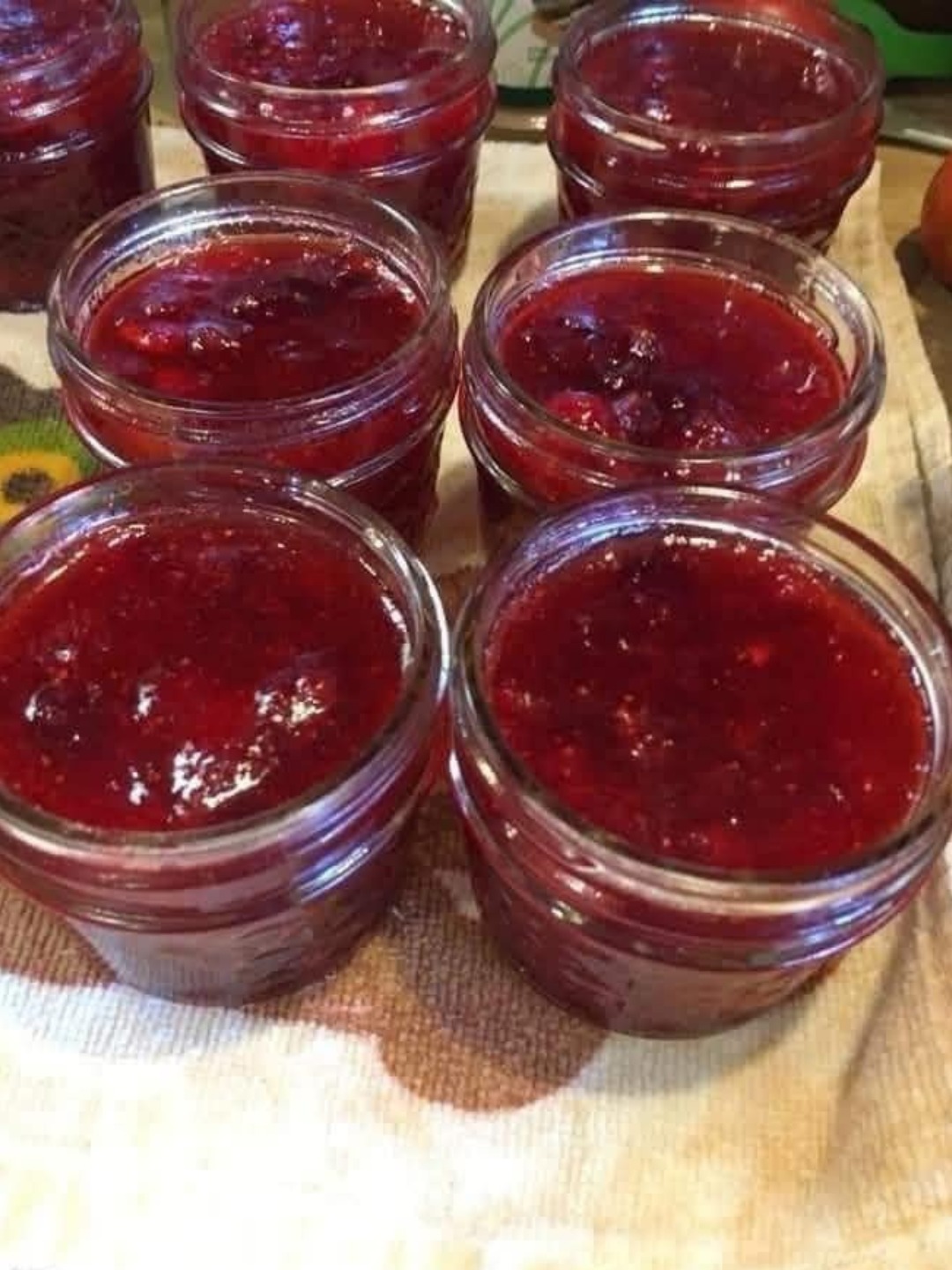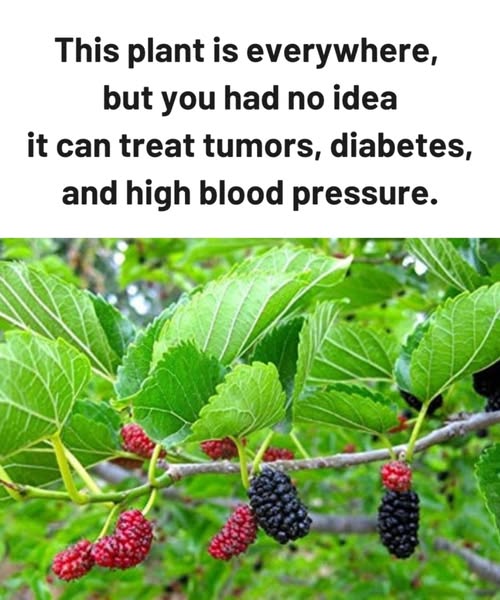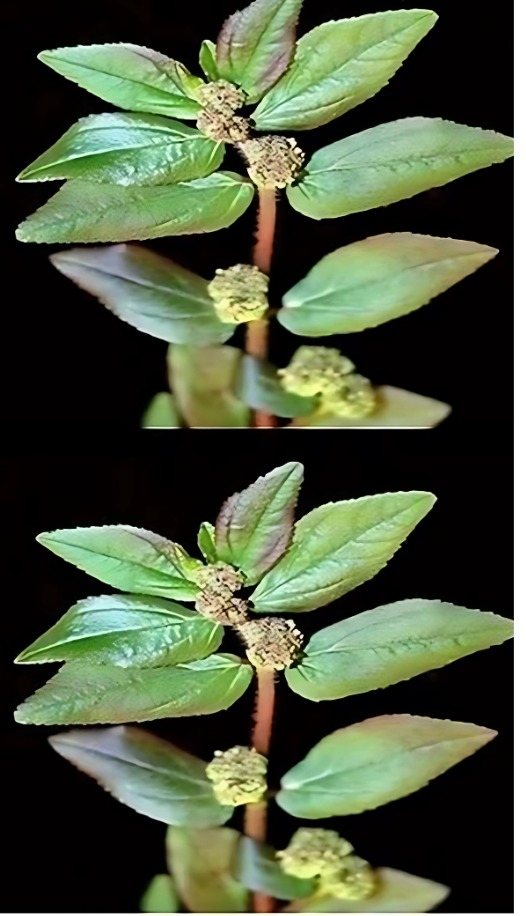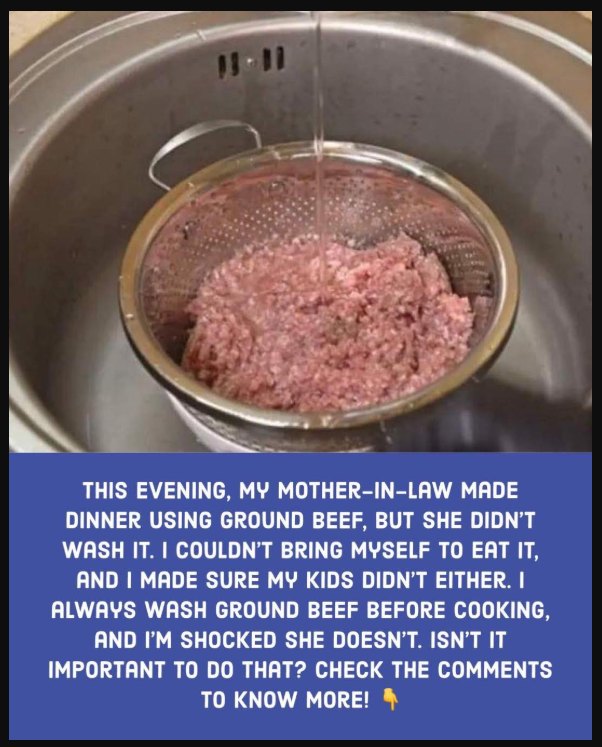Classic Ensaymada Bread Recipe – Soft, Buttery, and Irresistibly Flaky
There’s a certain magic in the smell of ensaymada fresh from the oven. Warm. Buttery. Slightly sweet. Topped with a snowfall of powdered sugar and a sprinkle of sharp cheese. This isn’t just bread. It’s a Filipino bakery classic — a rich, brioche-like roll born from Spanish influence and perfected in Philippine homes and panaderias … Read more










